
You’re staring at $500,000 homes online, wondering if you’ll ever earn enough to make one yours. Trust me, I’ve been there – refreshing Zillow at 2 AM, dreaming about granite countertops and two-car garages. And honestly? Most people think they need perfect credit and a massive salary, but that’s not always true. The real challenge isn’t just qualifying for the mortgage—it’s understanding the eight critical steps that separate dreamers from actual homeowners. Miss even one of these steps, and you’ll stay stuck renting forever, watching your friends post Instagram stories from their new backyards.
Step 1: Calculate Your Required Income and Down Payment (The Reality Check)
Before you even start scrolling through Zillow listings for that dream $500k home, you need to crunch some hard numbers first. And look, I get it – math isn’t fun when you’re dreaming about walk-in closets. But I can tell you from experience that most people grossly underestimate what it takes financially to pull this off.
Most people drastically underestimate the true financial requirements needed to afford their dream home purchase.
You’ll need a household income of at least $125,000 annually to qualify comfortably, assuming you’ve got decent credit and manageable debt. That’s using the standard 28% debt-to-income ratio that lenders prefer.
For your down payment, you’re looking at $25,000 minimum with an FHA loan, but I’d push for 20% down—that’s $100,000—to avoid PMI and strengthen your offer.
Income Requirements Breakdown
| Annual Household Income | Monthly Gross Income | Max Monthly Payment (28% DTI) | Comfortable for $500k? |
|---|---|---|---|
| $100,000 | $8,333 | $2,333 | Too tight |
| $125,000 | $10,417 | $2,917 | Minimum comfort |
| $150,000 | $12,500 | $3,500 | Much better |
| $175,000+ | $14,583+ | $4,083+ | Ideal range |
You’ll need a household income of at least $125,000 annually to qualify comfortably, assuming you’ve got decent credit and manageable debt. That’s using the standard 28% debt-to-income ratio that lenders prefer. But honestly? I’d aim higher if possible – life happens, and you don’t want to be house-poor.
Down Payment Options That Actually Work
For your down payment, here’s the real deal:
Traditional Route (20% Down)
- Amount needed: $100,000
- Benefits: No PMI, stronger offers, better rates
- Monthly payment: ~$2,400 (principal + interest only)
FHA Route (3.5% Down)
- Amount needed: $17,500
- Benefits: Lower barrier to entry
- Monthly payment: ~$2,800 + PMI (~$300)
- Reality check: You’ll pay more long-term
VA Loan (0% Down – Veterans Only)
- Amount needed: $0 down payment
- Benefits: No PMI, competitive rates
- Catch: Must be eligible veteran or service member
Your total monthly payment will hit around $2,900-3,200 including taxes, insurance, and PMI (if applicable). Using the 50/30/20 budget rule, this mortgage payment should represent no more than 50% of your after-tax income to ensure you can still cover other needs while maintaining financial balance. And trust me, you want that buffer – homeownership comes with surprise expenses that’ll make your old apartment’s broken dishwasher seem quaint.
Step 2: Master Your Credit Score and Debt-to-Income Ratio
Now that you know the financial targets you’re aiming for, your credit score and debt-to-income ratio will make or break your mortgage approval. And I’ve seen too many people get blindsided by lenders who seemed encouraging during pre-qualification, only to get denied at the last minute. It’s like getting ghosted, but with more paperwork.
Credit Score Impact on Your Wallet
| Credit Score Range | Interest Rate | Monthly Payment | Total Interest (30 years) |
|---|---|---|---|
| 760-850 | 6.5% | $2,528 | $509,080 |
| 700-759 | 6.8% | $2,607 | $538,520 |
| 680-699 | 7.1% | $2,687 | $568,320 |
| 660-679 | 7.5% | $2,797 | $606,920 |
| 620-659 | 8.2% | $2,988 | $675,680 |
You need a 740+ credit score to secure the best rates on a $500k mortgage. I can tell you that even a 20-point difference costs thousands annually – like paying for a really expensive gym membership you never use, except forever.
Quick Credit Score Boosters
The 30-Day Strategy:
- Pay down credit cards below 10% utilization (not just the minimum)
- Dispute errors aggressively using AnnualCreditReport.com
- Don’t close old accounts (even that store card from 2015)
- Ask for credit limit increases on existing cards
- Consider becoming an authorized user on someone else’s account
Debt-to-Income Ratio Reality Check: Your debt-to-income ratio can’t exceed 43%, but aim for 36%. If you’re earning $120k annually, your total monthly debt payments shouldn’t surpass $3,600. I’ve never seen someone successfully buy at this price point without ruthlessly attacking existing debts first.
The Debt Avalanche vs. Snowball Method
| Method | How It Works | Best For |
|---|---|---|
| Avalanche | Pay minimums on all debts, extra money goes to highest interest rate | Math nerds who want to save the most money |
| Snowball | Pay minimums on all debts, extra money goes to smallest balance | People who need quick wins for motivation |
To accelerate debt payoff while maintaining strict spending discipline, consider using the cash envelope system where you allocate physical cash to specific spending categories. It’s old school, but it works – kind of like how vinyl records sound better than Spotify, but with less hipster credibility.
Step 3: Navigate Mortgage Loan Options Like a Pro
Which loan program you choose can save or cost you tens of thousands of dollars over the life of your mortgage. And honestly? I’ve watched buyers pick the wrong option simply because they didn’t understand their choices – like ordering the most expensive thing on the menu without reading what it actually is.
Loan Program Comparison
| Loan Type | Down Payment | Credit Score | Income Limits | Mortgage Insurance | Best For |
|---|---|---|---|---|---|
| Conventional | 3-20% | 620+ | None | Removable PMI | Strong credit, stable income |
| FHA | 3.5% | 580+ | Varies by area | Permanent MIP | First-time buyers, lower credit |
| VA | 0% | No minimum | None | None | Veterans, active military |
| USDA | 0% | 640+ | 115% of median | Upfront + annual | Rural properties |
State and Local First-Time Buyer Programs
Don’t overlook first-time buyer programs in your area – they’re like finding money in your old jeans, except it’s thousands of dollars:
Popular State Programs:
- California: CalHFA offers up to 3.5% down payment assistance
- Texas: TSAHC provides down payment assistance up to $30,000
- Florida: Florida Housing offers down payment assistance and competitive rates
- New York: SONYMA provides below-market interest rates
How to Find Programs:
- Visit DownPaymentResource.com for comprehensive listings
- Contact your state’s housing finance agency
- Ask local real estate agents about area-specific programs
- Check with credit unions and community banks
I’ve never seen buyers regret researching these thoroughly before committing to standard options. It’s like getting a student discount – why pay full price if you don’t have to?
Boosting Your Income for Better Qualification
Consider these side income streams to strengthen your mortgage application:
- Freelance writing or graphic design
- Online tutoring through platforms like Wyzant or Tutor.com
- E-commerce through Etsy or Amazon FBA
- Virtual assistant services
- Social media management for small businesses
The key? Document this income for at least two years before applying – lenders love consistency more than your ex loved posting cryptic song lyrics on Instagram.
Step 4: Budget for the Hidden Costs (The Stuff Nobody Warns You About)
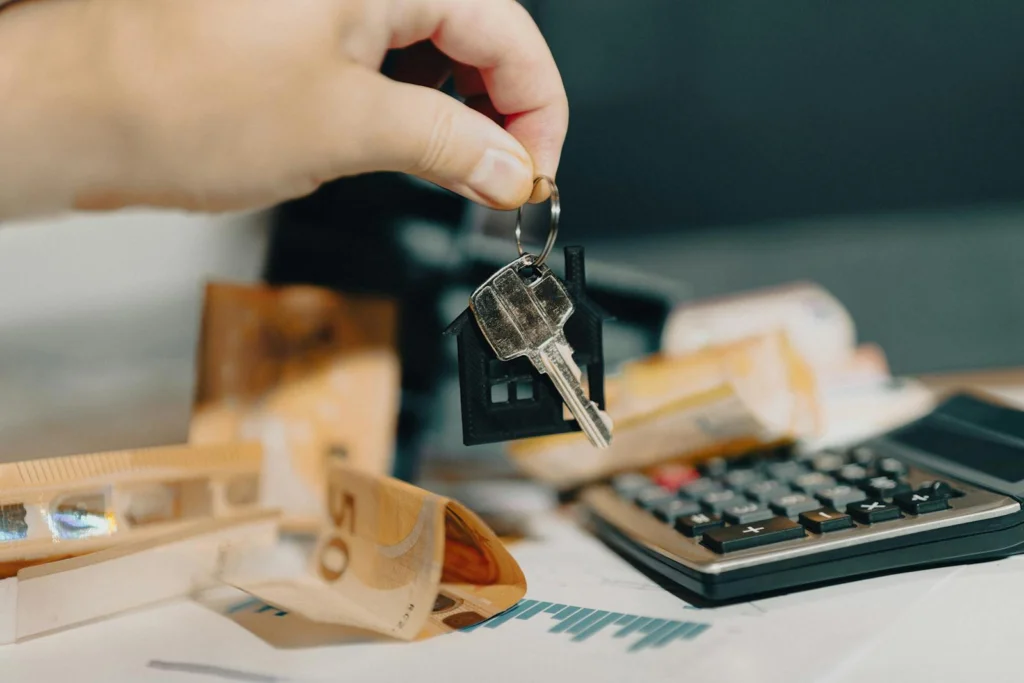
Securing your mortgage is just the beginning of your financial commitment, and I’ve watched too many buyers get blindsided by the hidden costs that pile up after closing day. It’s like buying a boat – the purchase price is just the start of your financial adventure.
Monthly Cost Breakdown for a $500k Home
| Category | Low End | High End | Notes |
|---|---|---|---|
| Property Taxes | $600 | $1,500 | Varies wildly by location |
| Homeowner’s Insurance | $150 | $400 | Higher in disaster-prone areas |
| PMI (if applicable) | $250 | $400 | Gone when you hit 20% equity |
| HOA Fees | $0 | $800 | Some neighborhoods require it |
| Utilities | $200 | $500 | Bigger house = bigger bills |
| Maintenance Fund | $400 | $850 | 1-2% of home value annually |
| Total Beyond Mortgage | $1,600 | $4,450 | Plan for the higher end |
The 1% Rule for Maintenance
Budget 1-2% of your home’s value annually for maintenance and repairs – that’s $5,000-10,000 yearly for your $500k house. And before you think that sounds excessive, let me paint you a picture: HVAC replacement ($8,000), roof repair ($4,000), water heater dies during your in-laws’ visit ($1,500). Fun times.
Smart Maintenance Planning
Set Up Automatic Savings:
- Transfer $500-800 monthly to a separate “house fund”
- Use high-yield savings accounts like Ally Bank or Marcus by Goldman Sachs
- Consider it a bill, not optional savings
- Home Warranty Considerations:
- Cost: $400-800 annually
- Covers: Major appliances and systems
- Reality: Read the fine print – not everything is covered
Step 5: Build Your Savings Strategy (Without Living Like a Monk)
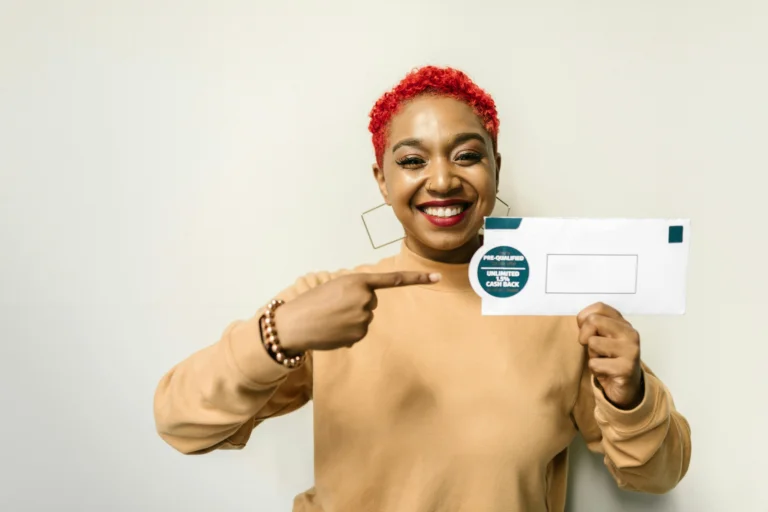
The biggest hurdle you’ll face isn’t qualifying for the mortgage – it’s accumulating enough cash upfront without derailing your financial stability. I can tell you that most successful buyers I’ve worked with follow a systematic approach that builds wealth while still having a social life.
Savings Target Breakdown
For 20% Down Payment:
- Down payment: $100,000
- Closing costs: $10,000-15,000
- Emergency fund: $20,000-30,000
- Moving expenses: $3,000-5,000
- Total needed: $133,000-150,000
For 3.5% Down Payment:
- Down payment: $17,500
- Closing costs: $10,000-15,000
- Emergency fund: $20,000-30,000
- Moving expenses: $3,000-5,000
- Total needed: $50,500-67,500
High-Yield Savings Account Comparison
| Bank | APY | Minimum Balance | Monthly Fees | Online/Mobile |
|---|---|---|---|---|
| Ally Bank | 4.25% | $0 | $0 | Excellent |
| Marcus by Goldman Sachs | 4.30% | $0 | $0 | Great |
| Capital One 360 | 4.10% | $0 | $0 | Good |
| Discover Bank | 4.25% | $0 | $0 | Great |
Accelerated Savings Strategies
The 52-Week Challenge (Modified):
- Week 1: Save $100
- Week 2: Save $200
- Continue increasing by $100 each week
- By week 52: You’ll have saved $137,800
Zero-Based Budgeting: Every dollar gets assigned a specific job before you spend it:
- Fixed expenses (rent, utilities, minimums): 60%
- House savings: 25%
- Emergency fund: 10%
- Fun money: 5%
Side Hustle Income Allocation:
- 80% goes to house fund
- 20% goes to maintaining your sanity (you deserve some fun)
Creative Ways to Cut Expenses
The Big Wins:
- Refinance current loans (student, auto, personal)
- Switch to cheaper phone plan (Mint Mobile, Visible)
- Cancel unused subscriptions (be honest about that gym membership)
- Cook at home more (meal prep is your friend)
- House-sit or pet-sit for free accommodations
The Small Wins That Add Up:
- Generic brands for groceries
- Library instead of bookstore
- Free entertainment (hiking, parks, free museum days)
- Carpooling or public transit
I’ve never seen anyone regret being overprepared financially. Cut discretionary spending ruthlessly, consider side income streams, and redirect windfalls like bonuses or tax refunds. Additionally, try zero-based budgeting where every dollar gets assigned a specific job before you spend it, ensuring maximum efficiency in your saving strategy. Your future self will thank you for this disciplined approach.
Step 6: Research First-Time Buyer Programs (Free Money Alert)
Before you drain your savings account completely, smart buyers explore every available assistance program that can reduce their upfront costs. Most people don’t realize how much money they’re leaving on the table by skipping this research step. It’s like not using coupons, except we’re talking about thousands of dollars, not 50 cents off toilet paper.
Federal Programs
FHA Loans:
- Down payment: 3.5%
- Credit score: 580 minimum
- Income limits: None
- Best for: First-time buyers with limited savings
VA Loans (Veterans/Active Military):
- Down payment: $0
- Credit score: No official minimum (most lenders want 620+)
- Funding fee: Can be financed into loan
- Best for: Anyone with military service
USDA Rural Development:
- Down payment: $0
- Credit score: 640+
- Income limits: 115% of area median
- Location: Must be in USDA-eligible rural area
- Check eligibility: USDA Property Eligibility
State-by-State Down Payment Assistance Programs
| State | Program | Max Assistance | Income Limits | Website |
|---|---|---|---|---|
| California | CalHFA | 3.5% of purchase price | Up to 120% AMI | calhfa.ca.gov |
| Texas | My First Texas Home | Up to $30,000 | Varies by area | tsahc.org |
| Florida | Florida Housing | Up to $15,000 | Up to 140% AMI | floridahousing.org |
| New York | SONYMA | Varies | Up to 100% AMI | hcr.ny.gov |
Employer Assistance Programs
Many employers offer homebuying assistance:
Tech Companies Leading the Way:
- Google: Up to $50,000 in down payment assistance for Bay Area employees
- Facebook: Housing subsidies and down payment assistance
- Amazon: Various programs depending on location
How to Find Out if Your Employer Helps:
- Check your employee handbook
- Ask HR directly
- Look for “employee benefits” or “wellness programs”
- Check your company intranet
Non-Profit and Community Programs
National Organizations:
- Habitat for Humanity: Affordable homeownership programs
- NeighborWorks America: Homebuyer education and assistance
- National Council of State Housing Agencies: State-specific resources
Local Programs to Research:
Religious organizations with housing ministries
City housing departments
County housing authorities
Community development corporations
Step 7: Plan for Closing Costs and Moving Expenses
Just when you think you’ve saved enough, closing costs show up like that friend who invites themselves to dinner and brings three other people. Here’s what you’re really looking at:
Closing Costs Breakdown
| Cost Category | Typical Range | What It Covers |
|---|---|---|
| Loan Origination | $2,000-$5,000 | Lender’s processing fees |
| Appraisal | $500-$800 | Property value assessment |
| Home Inspection | $400-$700 | Professional property inspection |
| Title Insurance | $1,000-$2,000 | Protects against title issues |
| Attorney Fees | $800-$1,500 | Legal document review |
| Recording Fees | $100-$500 | Government filing costs |
| Property Taxes | $2,000-$6,000 | Prepaid taxes at closing |
| Homeowner’s Insurance | $1,200-$3,600 | First year premium |
| Total Range | $8,000-$20,100 | 2-4% of purchase price |
Ways to Reduce Closing Costs
Negotiate with Seller:
- Ask seller to pay closing costs (common in buyer’s markets)
- Request credits for needed repairs instead of cash
Shop Around for Services:
- Compare lenders (rates and fees vary significantly)
- Get quotes from multiple title companies
- Shop for homeowner’s insurance early
Timing Strategies:
- Close at month-end to reduce prepaid interest
- Time closing to minimize property tax prepayment
Step 8: Create Your Home-Buying Timeline and Action Plan
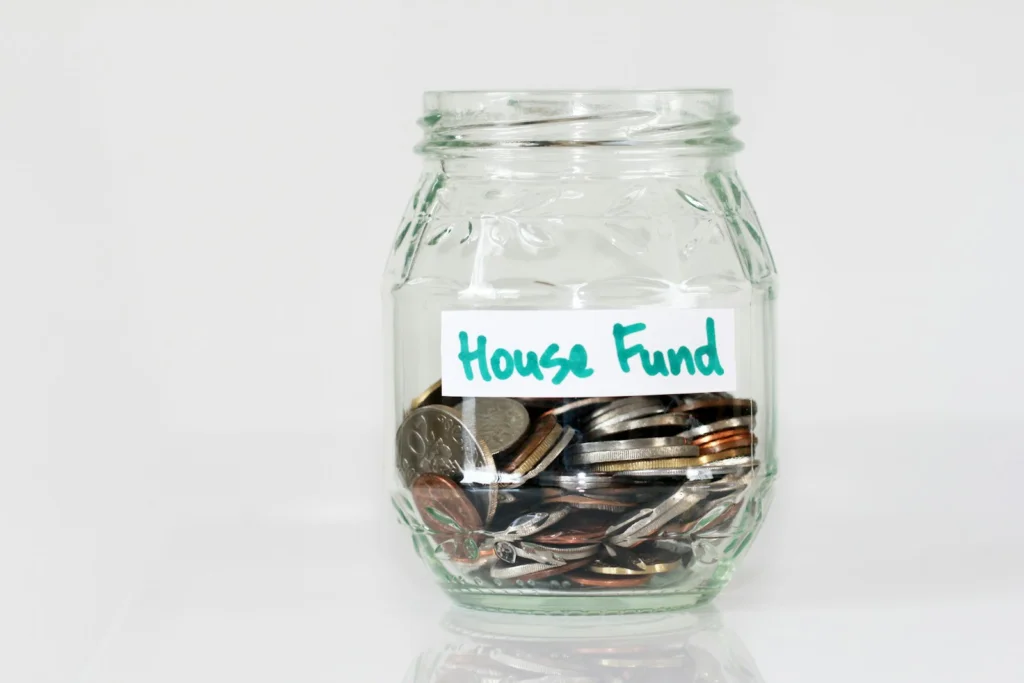
Having a clear timeline keeps you focused and prevents you from getting overwhelmed. Think of it like training for a marathon – you wouldn’t just show up race day without preparation.
12-Month Timeline to Home Ownership
Months 12-10 (Foundation Phase):
- Check credit reports and start improving scores
- Create dedicated savings accounts
- Research neighborhoods and price ranges
- Start paying down debt aggressively
Months 9-7 (Preparation Phase):
- Get pre-qualified with multiple lenders
- Research assistance programs
- Start shopping for homeowner’s insurance quotes
- Increase savings contributions
Months 6-4 (Active Phase):
- Get pre-approved for specific loan amount
- Find a real estate agent
- Start house hunting seriously
- Schedule home inspections for potential properties
Months 3-1 (Execution Phase):
- Make offers and negotiate
- Finalize mortgage paperwork
- Schedule final walk-through
- Prepare for closing day
Monthly Action Checklist
Every Month:
- Review credit reports for errors
- Transfer money to house fund
- Track spending and adjust budget
- Research one new assistance program
- Review mortgage rates and lender options
Quarterly:
- Meet with financial advisor or loan officer
- Reassess savings goals and timeline
- Update income documentation
- Research new neighborhoods
Emergency Fund Strategy
Build Your Fund in This Order:
- Starter Emergency Fund: $1,000 (for immediate peace of mind)
- House Emergency Fund: $15,000-25,000 (for closing costs and moving)
- Full Emergency Fund: 6 months of expenses (for homeowner emergencies)
Where to Keep Emergency Money:
- High-yield savings account (liquid but earning interest)
- Money market account (slightly higher rates, still accessible)
- Short-term CDs (if you won’t need money for specific timeframe)
Real Talk: Common Mistakes That’ll Derail Your Plans

Let me share some painful lessons I’ve witnessed (and some I’ve lived through myself):
The “Just Browse” Trap
Starting to look at houses before you’re financially ready is like going grocery shopping when you’re hungry – you’ll make emotional decisions that blow your budget. Get your finances sorted first, then start looking.
The Credit Card Payoff Mistake
Don’t close credit cards after paying them off. Keep them open but unused. Your credit utilization ratio and credit history length both matter for your score.
The “We’ll Figure It Out” Approach
Not budgeting for all homeownership costs is like planning a cross-country road trip without considering gas money. Create a comprehensive budget that includes everything.
The Shiny Object Syndrome
Getting distracted by expensive upgrades during the buying process. That granite countertop upgrade can wait – focus on getting the keys first.
Advanced Strategies for Competitive Markets
If you’re buying in a hot market (looking at you, Bay Area and Austin), here are some extra tricks:
Offer Strategies
- Escalation Clauses: Automatically increase your offer up to a maximum amount
- Appraisal Gap Coverage: Agree to pay difference if home appraises low
- Flexible Closing Dates: Work around seller’s timeline
- Personal Letters: Sometimes a heartfelt note makes the difference
Alternative Financing
- Bank Statement Loans: For self-employed buyers with irregular income
- Asset-Based Loans: Use investment accounts instead of income to qualify
- Bridge Loans: Buy before selling current home (risky but sometimes necessary)
Building Your Support Team
You don’t have to do this alone. Here’s your dream team:
Essential Team Members
- Mortgage Broker/Loan Officer: Finds best financing options
- Real Estate Agent: Knows the market and negotiation strategies
- Home Inspector: Identifies potential problems before you buy
- Insurance Agent: Protects your investment
- Attorney/Title Company: Handles legal aspects of purchase
Questions to Ask Each Team Member
For Lenders:
- What’s the total cost of this loan over 30 years?
- What happens if rates drop after I lock?
- How long is your typical closing process?
For Real Estate Agents:
- How many homes have you helped buyers purchase in this price range?
- What’s your strategy for competitive markets?
- Can you provide references from recent buyers?
Technology Tools to Make Your Life Easier
Use these apps and websites to stay organized:
Budget and Savings Apps
- Mint: Free comprehensive budgeting
- YNAB (You Need A Budget): Zero-based budgeting system
- Qapital: Automated savings with round-ups
- Ally Bank: High-yield savings with goal tracking
Home Shopping Tools
- Zillow/Redfin: Property search and market data
- Walk Score: Neighborhood walkability ratings
- GreatSchools: School district information
- Neighborhood Scout: Crime and demographic data
Mortgage Shopping
- LendingTree: Compare multiple lender offers
- Rocket Mortgage: Quick online pre-approval
- Better: Digital mortgage experience
- Local Credit Unions: Often have competitive rates
Final Reality Check: Is a $500k House Right for You?
Before we wrap up, let’s have an honest conversation. A $500k house might not be right for everyone, and that’s okay. Here’s how to know if you should proceed:
Green Lights (Go for It!)
- Stable income of $125k+ with good job security
- Minimal existing debt (car payment is fine, credit card debt is not)
- 6+ months of expenses saved beyond down payment
- Planning to stay in area for 5+ years
- Comfortable with homeownership responsibilities
Yellow Lights (Proceed with Caution)
- Income right at the minimum threshold
- Some existing debt but manageable
- Emergency fund exists but is smaller than ideal
- New to the area but committed to staying
- First-time homeowner but well-researched
Red Lights (Wait and Build More Financial Stability)
- Income below $100k without significant other income sources
- High credit card or student loan debt
- No emergency fund beyond down payment
- Job instability or career change planned
- Expecting major life changes (marriage, kids, job relocation)
Your Next Steps Start Today
You’ve got the roadmap now, so it’s time to take action. And look, I know it seems overwhelming – like trying to assemble IKEA furniture without the little Allen wrench. But here’s what successful homebuyers do differently:
This Week:
- Check your credit score for free at Credit Karma or AnnualCreditReport.com
- Calculate your current debt-to-income ratio
- Open a high-yield savings account specifically for your house fund
- Research three assistance programs in your area
This Month:
- Meet with a loan officer for pre-qualification
- Create a detailed budget with house savings as a priority
- Start attacking high-interest debt aggressively
- Research neighborhoods and get realistic about what $500k buys in your area
Next Three Months:
- Automate your savings so it happens without willpower
- Improve your credit score by paying down cards and disputing errors
- Interview real estate agents and find one who gets it
- Build that emergency fund like your homeownership depends on it (because it does)
Start by calculating your exact income needs and saving aggressively for that down payment. I can tell you that buyers who tackle their credit scores and debt first always get better rates. Don’t skip researching assistance programs – they’re game-changers for qualifying buyers, like finding a cheat code for adulting.
Your $500k house isn’t just a dream if you’re committed to the process. It’s a goal with a clear path, and now you have the map. The only question left is: are you ready to start walking?
Remember, every homeowner started exactly where you are right now – staring at numbers, wondering if it’s possible. The difference between dreamers and homeowners isn’t luck or perfect circumstances. It’s having a plan and sticking to it, even when your friends are posting vacation photos and you’re meal-prepping for the fourth week in a row.
You’ve got this. Now go make it happen.


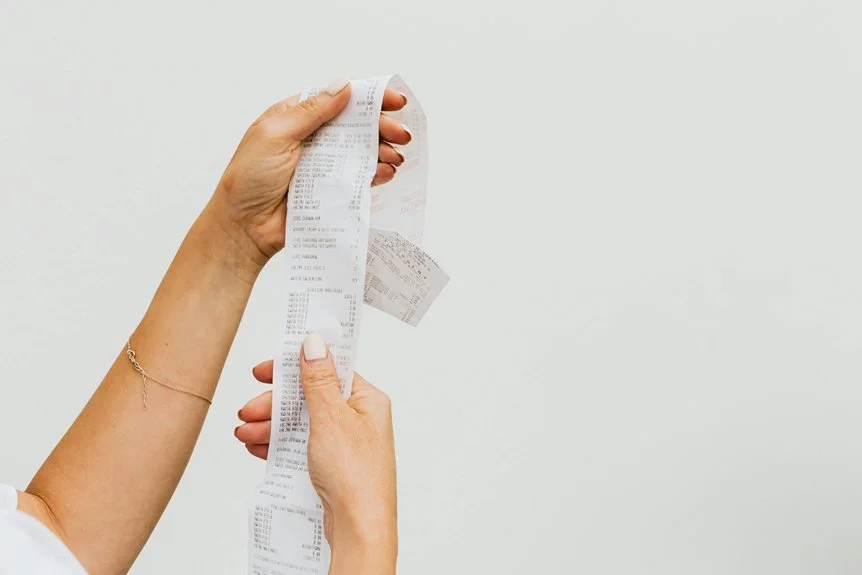

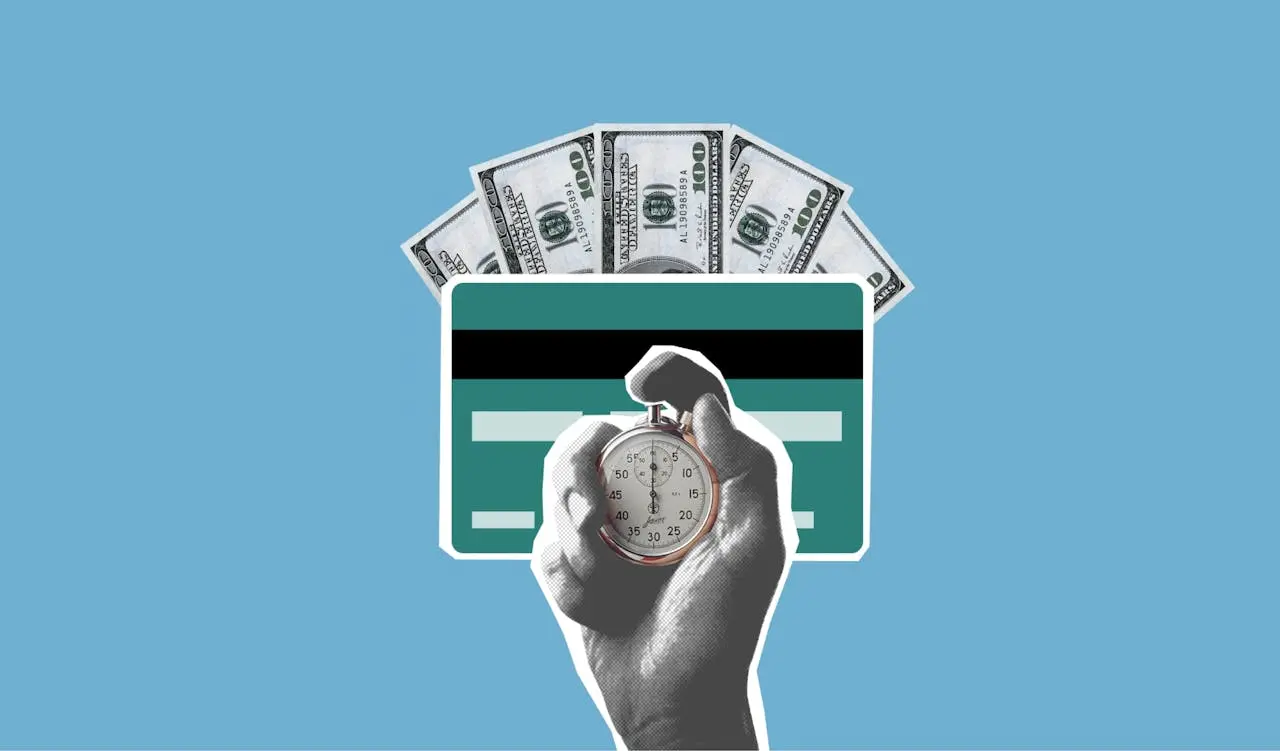
Leave a Reply